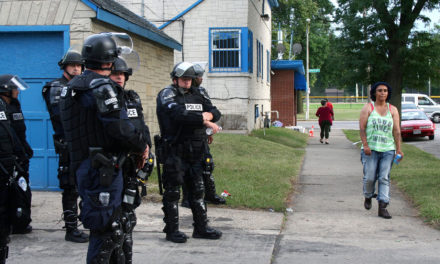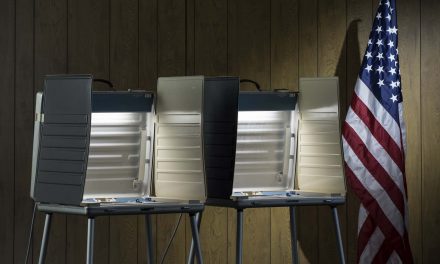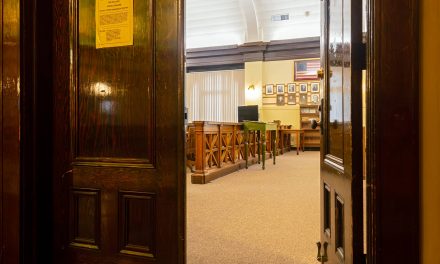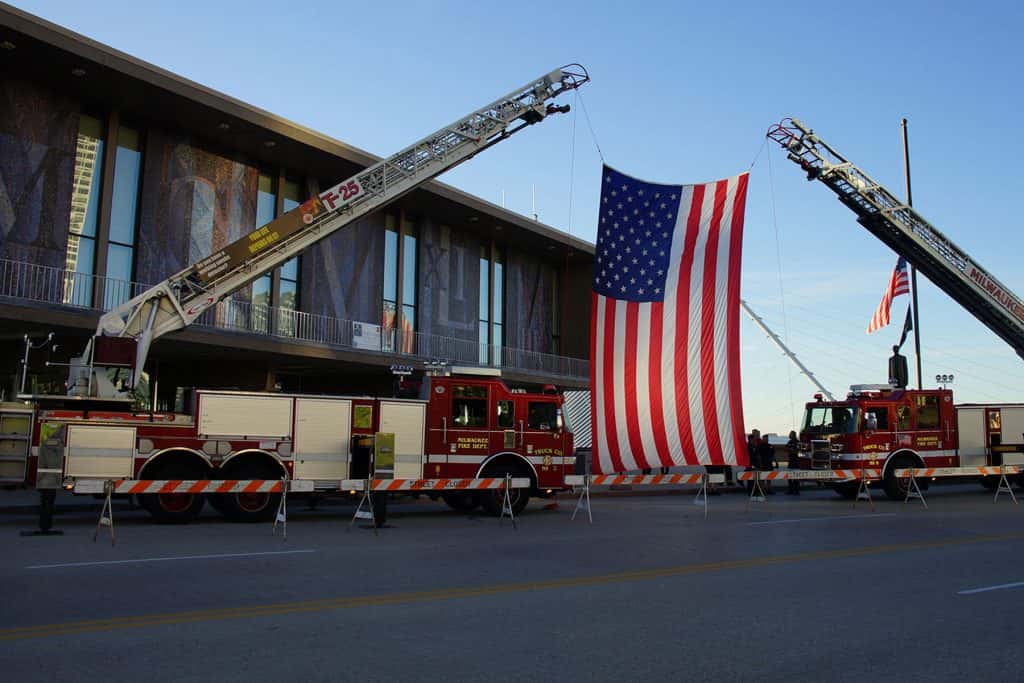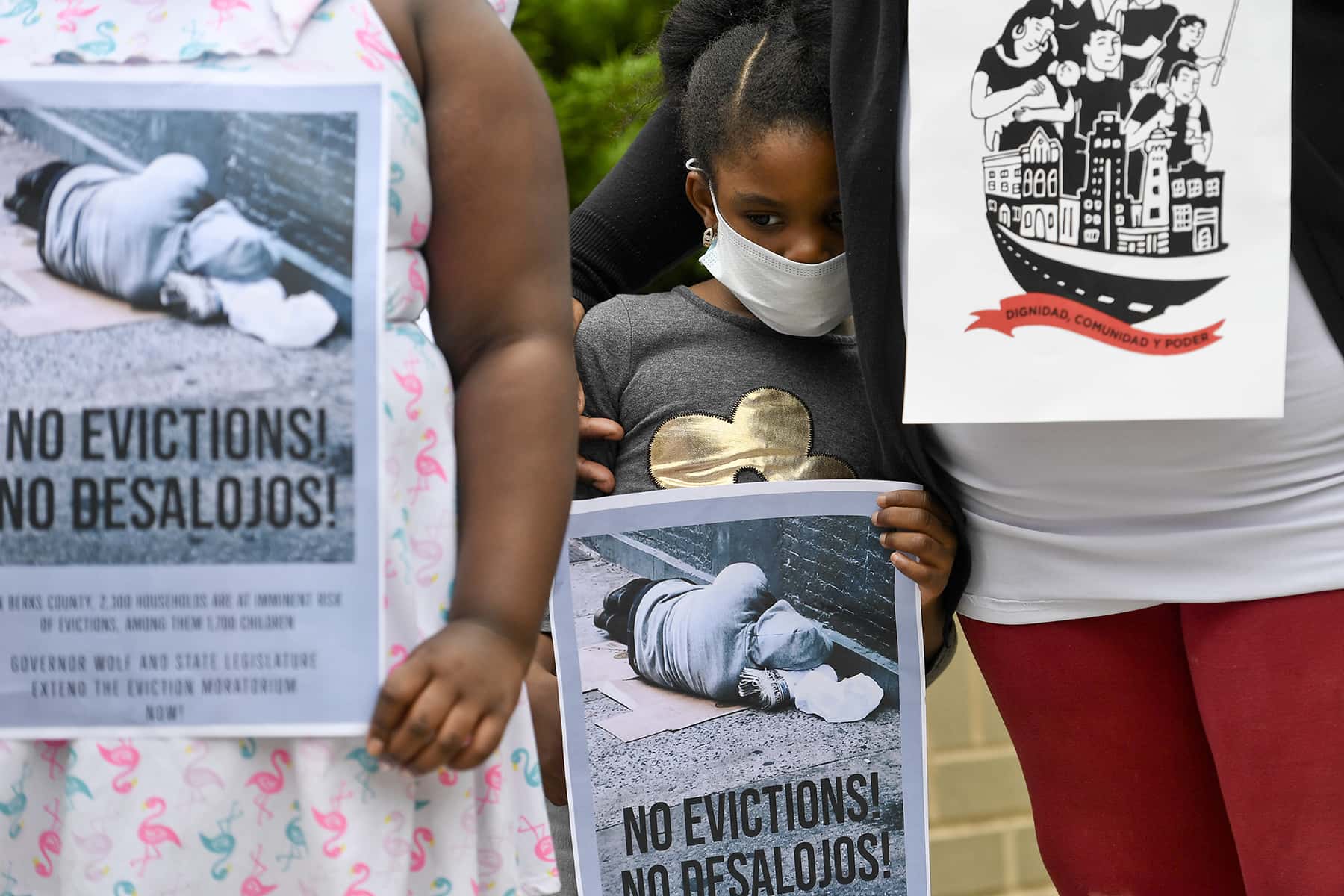
By Junia Howell, Assistant Professor of Sociology, University of Pittsburgh; and Elizabeth Korver-Glenn, Assistant Professor of Sociology, University of New Mexico
Racial inequality in home values is greater today than it was 40 years ago, with homes in white neighborhoods appreciating $200,000 more since 1980 than comparable homes in similar communities of color.
Our new research on home appraisals shows neighborhood racial composition still drives unequal home values, despite laws that forbid real estate professionals from explicitly using race when evaluating a property’s worth. Published in the journal Social Problems, our study The Increasing Effect of Neighborhood Racial Composition on Housing Values, 1980–2015 found this growing inequality resulted from both historical policies and contemporary practices.
In the 1930s, the federal government institutionalized a process for evaluating how much a property was worth. Often called redlining, this process used neighborhood racial and socioeconomic composition to determine home values. Homes in white communities were deemed more valuable than identical dwellings in communities of color.
Legislative action in the late 1960s and 1970s prohibited this practice. But the law allowed appraisers to use past sale prices to determine home values. Our research shows how using old, race-based sale prices ensured appraisers continued to define homes in white neighborhoods as worth more than similar homes in Black and Latino communities. Racism was baked into the system.
Real estate professionals compound these historical inequalities by assuming communities of color are undesirable, even when real estate demand suggests otherwise.
Why it matters
For most American families, their home is their greatest asset. As their home appreciates in value, their wealth increases, enabling them to fund their retirement, their children’s college educations or unexpected expenses like large medical bills. The racial inequality in home values and appreciation rates has created a large and increasing racial wealth gap. On average, U.S. white families have 20 times more wealth than families of color. Our research identifies increasing racial inequality in home values as a key reason this gap persists and has doubled since 1980.
These growing gaps do not affect just homeowners. They also affect renters. Since 1980, real estate prices have risen far faster than inflation, incomes and prices of consumer goods like food or clothing. As a result, housing costs now make up a larger proportion of residents’ expenses.
Families who have historically owned homes in white neighborhoods can afford these increased costs because their appreciating home values have expanded their relative wealth. But for everyone else, high housing costs are a burden. For many renters, high housing costs combined with stagnant wages have created an acute and worsening affordable housing crisis. Many struggle to remain housed – including during the pandemic – and very few can save enough to transition into home ownership.
Finally, because the property taxes that pay for physical infrastructure, public services and other amenities are determined based on real estate values, the higher home values in white neighborhoods enable better-funded schools, libraries, parks and utilities – even essential services like clean water.
What still isn’t known
Researchers are still investigating which governmental policies and industry incentives might eliminate ongoing and severe inequalities across the U.S. housing market. Reparations for those hurt by racist federal housing policies and new legal standards for property appraising are proposals that could make important first steps toward equity. But fully addressing racism in real estate will require reshaping the very foundations of the U.S. housing market.
Frеdеrіc J. Brоwn
Originally published on The Conversation as Homes in Black and Latino neighborhoods still undervalued 50 years after US banned using race in real estate appraisals
Support evidence-based journalism with a tax-deductible donation today, make a contribution to The Conversation.

